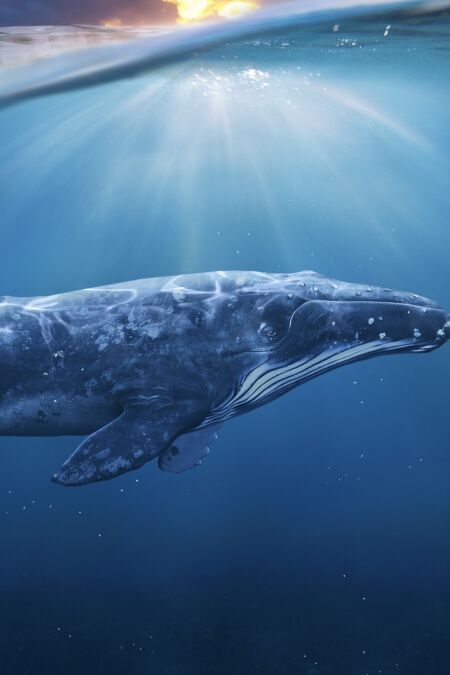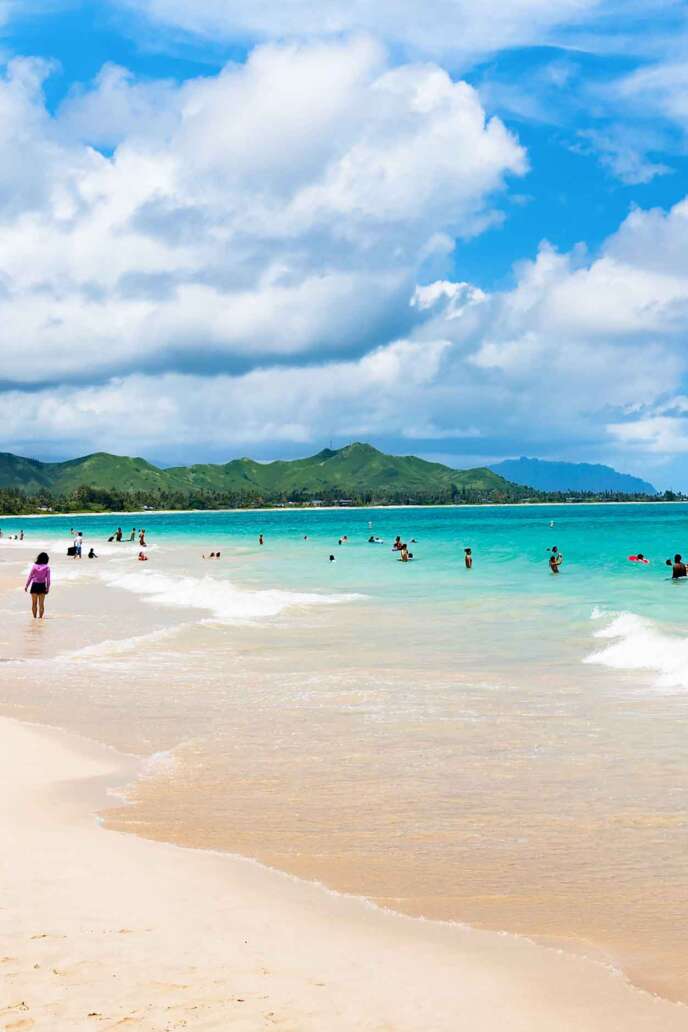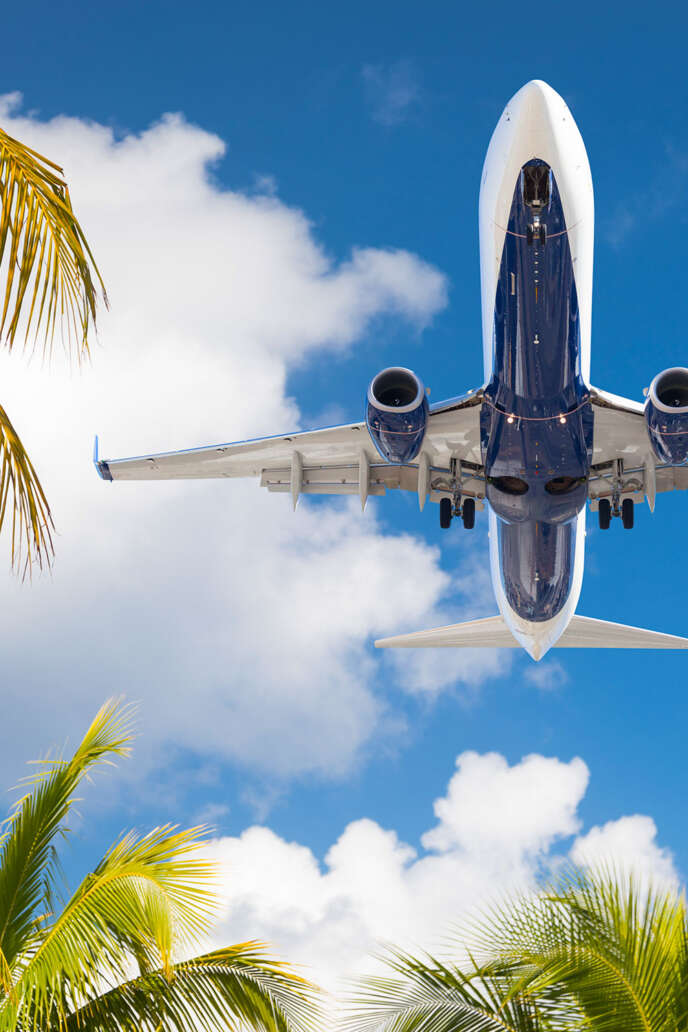On the western coast of Hawaii’s Big Island, Kailua Kona is a gem of the Pacific. Known simply as Kona to locals, this region serves as a gateway to the island’s vibrant heart, where ancient Hawaiian kings once roamed and where today’s adventurers come to explore its sunny beaches, sacred temples, and verdant landscapes. This guide aims to unveil the best of Kailua Kona, from its top attractions and activities to dining, accommodations, and practical travel tips, ensuring your visit is nothing short of magical.
Highlights
- Walk through the heart of Kailua-Kona to uncover its rich history at sites like Hulihe’e Palace and Mokuaikaua Church, Hawaii’s oldest Christian church.
- Learn about the meticulous process of coffee making, from bean to cup, and indulge in the rich flavors of freshly brewed Kona coffee, famous for its deep, aromatic qualities.
- Kealakekua Bay, a marine sanctuary, offers some of the best snorkeling in Hawaii, where you can swim alongside tropical fish, sea turtles, and occasionally dolphins.
- For adventure seekers, Kailua-Kona is a playground for water-based activities.
- The scenic waterfront strip at Ali’i Drive is the heartbeat of Kailua-Kona, lined with charming shops, cafes, and restaurants.
History
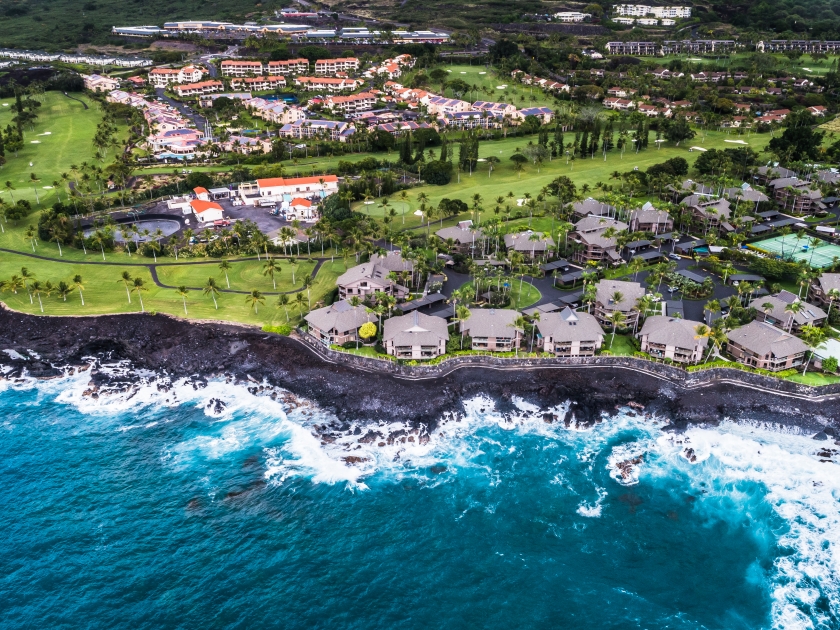
From Early Settlements to Royal Dominance
The history of Kailua-Kona, a picturesque locale on the Big Island of Hawaii, stretches back to the 9th or 10th century with the arrival of Polynesians. These early settlers found in Kona a vibrant center of Hawaiian culture and spirituality. It’s believed that Kailua-Kona was the site of the first luakini heiau, a sacred temple dedicated to worship and sacrifice, marking the beginning of its deep-rooted historical significance.
The Era of Kamehameha I
In a pivotal chapter of Kailua-Kona’s history, the legendary King Kamehameha I chose it as his seat of power. His monumental victory in 1795 over rival Hawaiian chiefs not only unified the Hawaiian Islands under his rule but also elevated Kona to the capital of the nascent Kingdom of Hawaii. Although the capital would later relocate, Kailua-Kona retained its prestige as a favored royal retreat, echoing the echoes of its regal past.
European Influence and Captain Cook's Arrival
The narrative of Kailua-Kona took a dramatic turn with the arrival of Captain James Cook in 1779, one of the first Europeans to set foot on Hawaiian shores. This momentous event, however, led to Cook’s untimely death in Kailua-Kona, marking a tragic but significant point in Hawaii’s history, symbolizing the beginning of European influence in the Hawaiian Islands.
Transition and Modernity in the 19th and 20th Centuries
Moving through the 19th and into the 20th century, Kailua-Kona transformed a revered royal center into a quaint fishing village. The tides of time saw it evolve yet again by the late 20th century, this time toward becoming a beacon of tourism. Today, Kailua-Kona stands as a beloved destination, known for its rich history, stunning landscapes, and welcoming spirit, a testament to its enduring appeal through the ages.
Top Attractions in Kailua Kona
Historic Sites and Cultural Landmarks
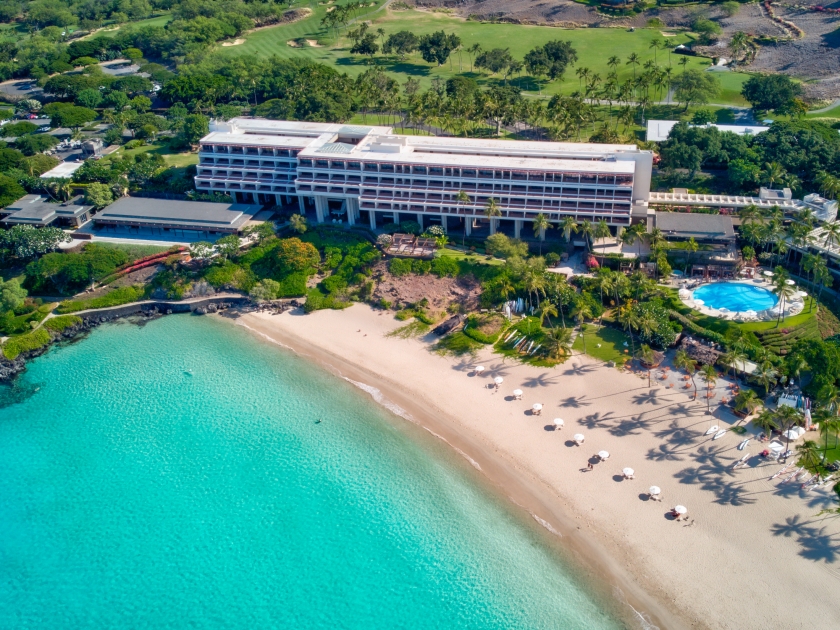
Kailua-Kona is home to some of Hawaii’s most treasured historic sites and cultural landmarks. Hulihe’e Palace, once a royal vacation home for Hawaiian royalty, now serves as a museum, offering a glimpse into the lavish lifestyle of the kingdom’s past. Ahu’ena Heiau, located on the grounds of King Kamehameha’s Kona Beach Hotel, is a sacred temple that plays a pivotal role in Hawaiian spirituality and governance. Mokuaikaua Church, across from Hulihe’e Palace, holds the distinction of being the oldest Christian church in Hawaii, with its origins dating back to 1820, showcasing a unique blend of local and New England architecture.
Natural Wonders
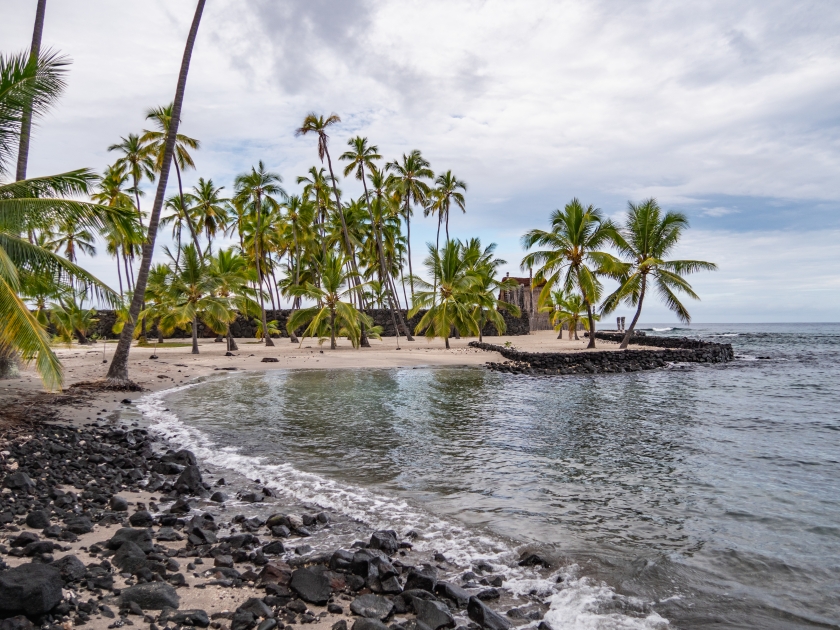
The Kona Coast is a showcase of Hawaii’s breathtaking natural beauty. The beaches here offer golden sands and crystal-clear waters, perfect for a day under the sun. Mauna Kea summit presents visitors with an awe-inspiring view above the clouds, renowned for its astronomical observatories and sacred to Hawaiian culture. Kealakekua Bay, a marine sanctuary, is not only a site of great historical significance—where Captain Cook first landed and was later killed—but also a natural wonder, boasting pristine waters and vibrant marine life.
Marine Life and Water Sports
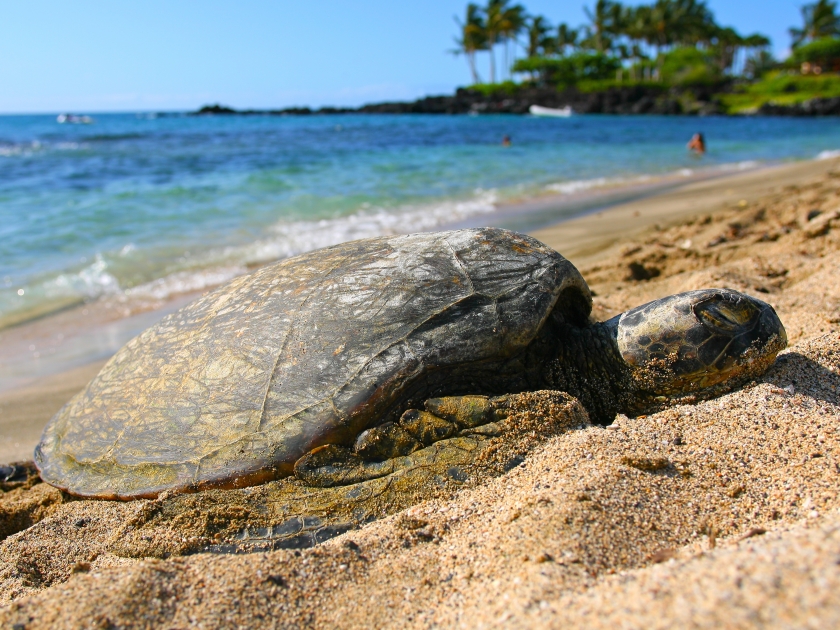
For enthusiasts of marine life and water sports, Kailua-Kona is a paradise. The area is famed for its snorkeling and diving spots, with Two Step, near Puuhonua O Honaunau National Historical Park, being particularly notable for its easy access and abundant sea life. The Captain Cook Monument in Kealakekua Bay marks a historic site that doubles as a premier location for snorkeling and diving, offering an underwater adventure amidst coral reefs teeming with colorful fish and other marine creatures.
Things to Do
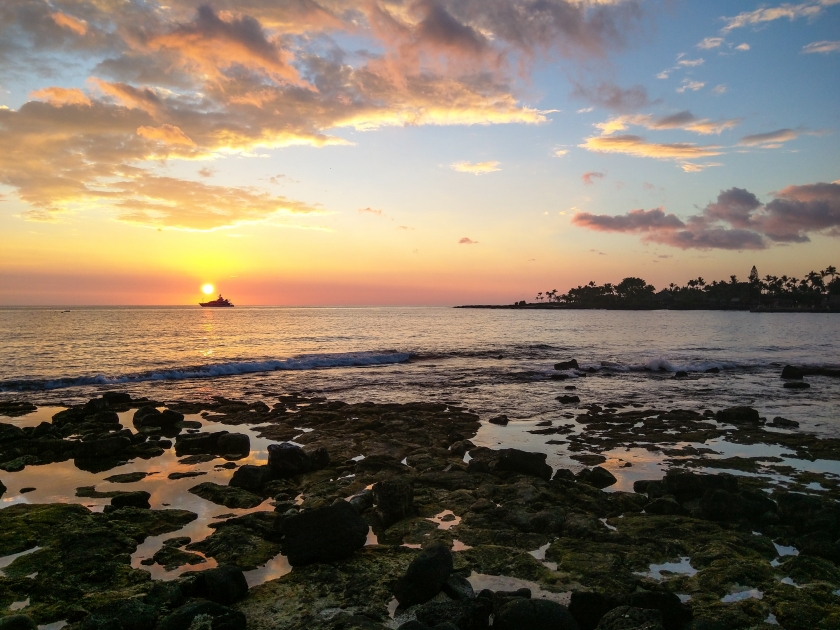
Outdoor Adventures
Kailua-Kona is an adventurer’s haven, offering an array of outdoor activities set against the backdrop of Hawaii’s stunning landscapes. Hiking enthusiasts can explore the island’s diverse terrain, from volcanic craters to lush rainforests. The clear, warm waters invite snorkelers and scuba divers to discover vibrant coral reefs and a rich marine ecosystem. For those seeking a thrill, parasailing along the Kona Coast offers breathtaking aerial views of the island’s majestic beauty.
Cultural Experiences
Immersing yourself in Kailua-Kona’s rich cultural tapestry is a journey of discovery and enlightenment. Coffee plantation tours not only provide insight into the meticulous process of coffee cultivation but also offer tastings of the world-renowned Kona coffee. Visiting local markets is a colorful adventure, where you can sample fresh produce and artisanal goods. Attending a traditional luau completes the cultural journey, with authentic Hawaiian music, dance, and cuisine, offering a taste of the island’s heritage and hospitality.
Leisure and Relaxation
For those looking to unwind and indulge in the serene beauty of Kailua-Kona, the destination offers ample opportunities for leisure and relaxation. Spa days in oceanfront resorts provide a blissful escape with treatments inspired by traditional Hawaiian healing practices. Beach hopping is a favorite pastime, allowing visitors to bask in the sun on pristine sands. Sunset cruises along the Kona Coast offer a magical experience, with the chance to witness the sky painted in hues of pink and orange, reflecting the tranquil waters—a perfect ending to a day in paradise.
Dining in Kailua Kona
Kailua-Kona’s dining scene is a vibrant celebration of local flavors and international cuisines. From the freshest seafood to the rich, aromatic Kona coffee, the area offers a culinary journey through the heart of Hawaiian gastronomy. Da Poke Shack is a must-visit for traditional Hawaiian poke, offering a variety of fresh, local fish seasoned to perfection. For a more upscale dining experience, Huggo’s on the Rocks provides oceanfront views alongside its innovative island cuisine. Coffee enthusiasts should not miss Holualoa Kona Coffee Company, where you can enjoy a cup of the world-famous Kona coffee right where it’s grown.
Where to Stay in Kailua Kona
Kailua-Kona offers a diverse range of accommodation options to suit every preference and budget. Luxury seekers will find solace in Four Seasons Resort Hualalai, offering unparalleled service and amenities on a pristine stretch of coastline. For those looking for the comforts of home with a Hawaiian twist, Kona Coast Vacations offers a selection of vacation rentals ranging from beachfront condos to secluded homes.
Tips for Visiting
- Follow all posted signs and warnings at beaches to avoid strong currents and dangerous waves.
- Apply broad-spectrum sunscreen generously and frequently to protect against strong UV rays.
- Wear protective clothing, such as hats and sunglasses, to shield from sun exposure.
- Drink plenty of water throughout the day to stay hydrated in the warm climate.
- Be mindful of altitude sickness when visiting high elevations like Mauna Kea; acclimate gradually.
- Keep a respectful distance from wildlife, including sea turtles and dolphins, to ensure their safety and yours.
- Check for travel advisories and health alerts specific to Hawaii before your visit.
- Carry a basic first-aid kit for minor injuries or ailments.
- Consider travel insurance that covers health emergencies and trip cancellations.
Best Time to Visit
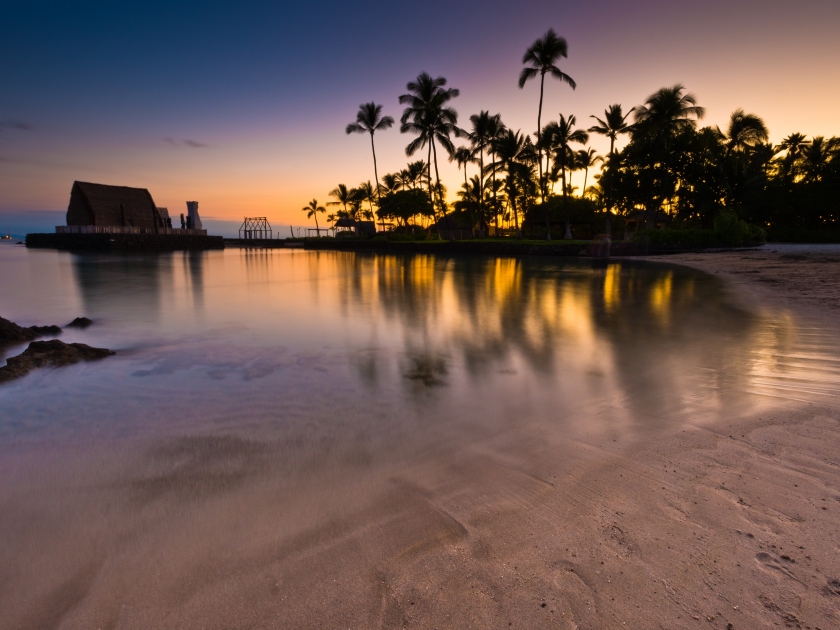
The best time to visit Kailua Kona is during the shoulder seasons of April to May and September to October when the weather is delightfully warm, and the tourist crowds are thinner, offering a more intimate experience of the island’s beauty. These months strike a perfect balance between pleasant weather and accessibility to the island’s myriad attractions. While the high season from December to March promises vibrant festivities and whale-watching opportunities, it also brings higher prices and denser crowds. Conversely, the wet season spans from November to March, presenting a warmer alternative with occasional rain showers that rarely hinder the adventure.
Frequently Asked Questions (FAQs)
Absolutely, Kailua-Kona is a must-visit destination for anyone exploring Hawaii. It offers a blend of historical significance, beautiful beaches, and vibrant marine life, making it perfect for both adventure and relaxation.
Kailua-Kona is renowned for its world-class coffee, historic landmarks like the Huliheʻe Palace, and the sunny outdoor capital of the Big Island, offering excellent conditions for snorkeling, diving, and fishing.
Kona refers to the larger region on the west side of the Island of Hawaii, famous for its coffee-producing districts, while Kailua-Kona, often simply called Kona, is a town within this region and serves as the commercial and cultural hub.
The choice between Hilo and Kailua-Kona depends on your preferences. Hilo, on the east coast, is lush and rainy, ideal for those seeking waterfalls and tropical gardens. Kailua-Kona, on the west coast, offers sunny days, historic sites, and beach activities, catering to visitors looking for a vibrant seaside experience.
Key attractions include the Kailua Pier, a starting point for many ocean adventures; Aliʻi Drive, lined with shops and restaurants; and the sacred Ahu’ena Heiau. Don’t miss snorkeling at Kahalu’u Beach Park for vibrant marine life.
To experience Kona coffee, visitors should explore the Kona Coffee Belt. Many farms offer tours and tastings, providing insight into the coffee-making process from bean to cup. The annual Kona Coffee Cultural Festival is another great way to immerse in the local coffee culture.
How to Get There
By Car
To reach Kailua-Kona by car, the most direct route is via Highway 19 if you’re coming from the Hilo side or the northern part of the island. This scenic route offers breathtaking views of the coast and the island’s unique landscapes. Travelers coming from other parts of the island should use Hawaii Belt Road, making sure to follow signs directing toward Kona to ensure they stay on the correct path toward their destination.
By Bus
For those preferring public transportation, the Hele-On Bus provides services between various points on the island and Kailua-Kona. From Hilo, you can catch the direct bus to Kailua-Kona, which operates daily. This trip offers an affordable and convenient option, though it’s slower than driving. Make sure to check the current schedule on the Hele-On Bus website, as times and routes may vary.
Kailua Kona Captivates the Heart of Every Traveler!
As you plan your journey, immerse yourself in the local culture, embrace the natural wonders that abound, and let the spirit of Aloha guide you. Start planning your unforgettable escape to Kailua Kona today with this guide, and for more resources on bookings and further exploration, visit HawaiiActivities.com to ensure your trip is filled with the best experiences the Big Island has to offer.


